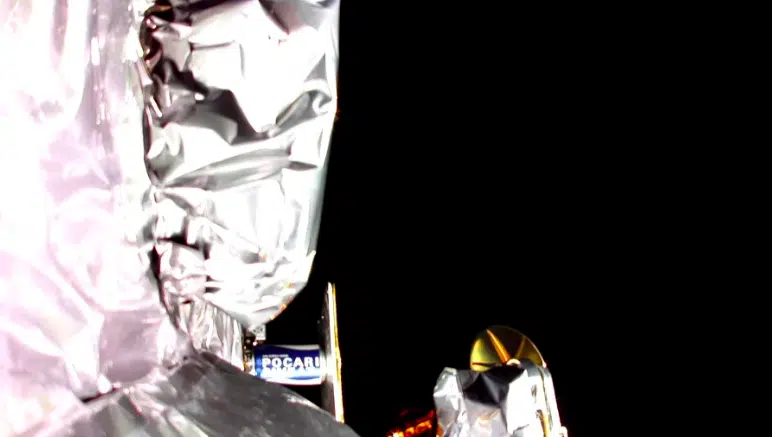Astrobotic Technology’s lunar lander, Peregrine, is on a trajectory to re-enter Earth’s atmosphere after facing a setback in its attempt to land on the moon. Launched from Cape Canaveral last Monday, the lander encountered a fuel leak that prompted Astrobotic to abandon the mission, preventing the first U.S. lunar landing in over 50 years. The company suspects a stuck valve led to a tank rupture, contributing to the decision to end the lunar landing attempt. Despite the unsuccessful mission, Astrobotic is collaborating with NASA to ensure the safe re-entry of the lander, with efforts to avoid potential safety risks to satellites around Earth and future moon-bound spacecraft.
The decision to responsibly conclude Peregrine’s mission was considered challenging but aimed at safeguarding the future of space exploration. NASA had invested over $100 million in the Peregrine lander for experiments as part of its strategy to commercialize lunar deliveries through private entities while concurrently working on returning astronauts to the moon. The lander also carried a rover from Carnegie Mellon University, as well as the ashes and DNA of approximately 70 individuals, including notable figures like Gene Roddenberry and Arthur C. Clarke.
Astrobotic’s situation highlights the complexities and challenges inherent in lunar missions, emphasizing the need for careful decision-making to mitigate risks and protect ongoing and future space endeavors. While this lunar landing attempt faced obstacles, the space exploration landscape continues to evolve with various entities, including private companies like Astrobotic, contributing to the broader goals of lunar exploration. As Astrobotic’s Peregrine concludes its mission, attention shifts to upcoming lunar missions, such as the one planned by U.S. company Intuitive Machines scheduled for launch in the coming month.

